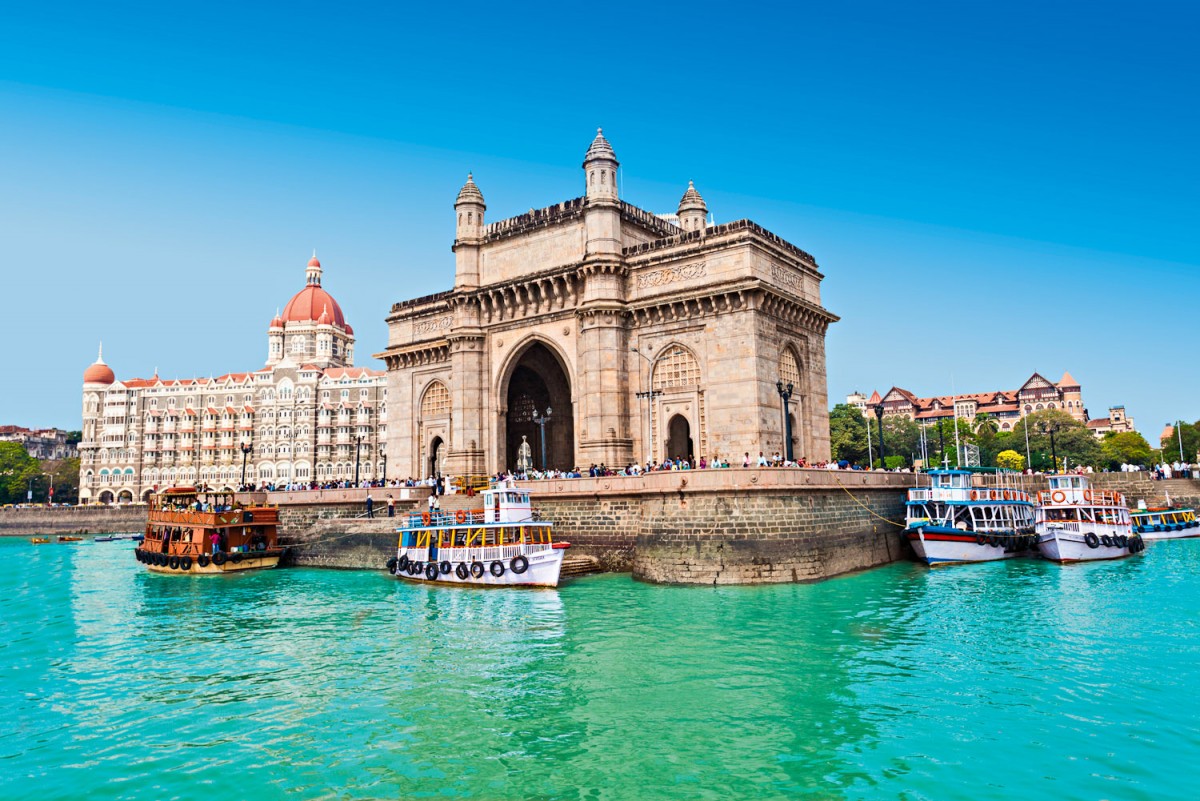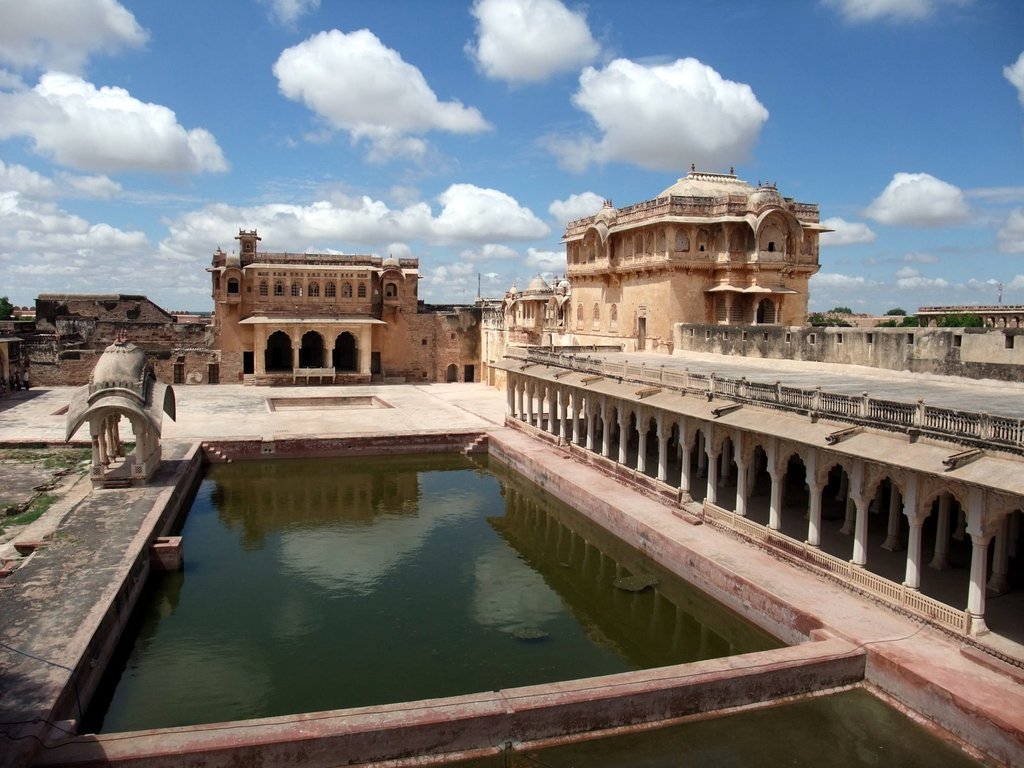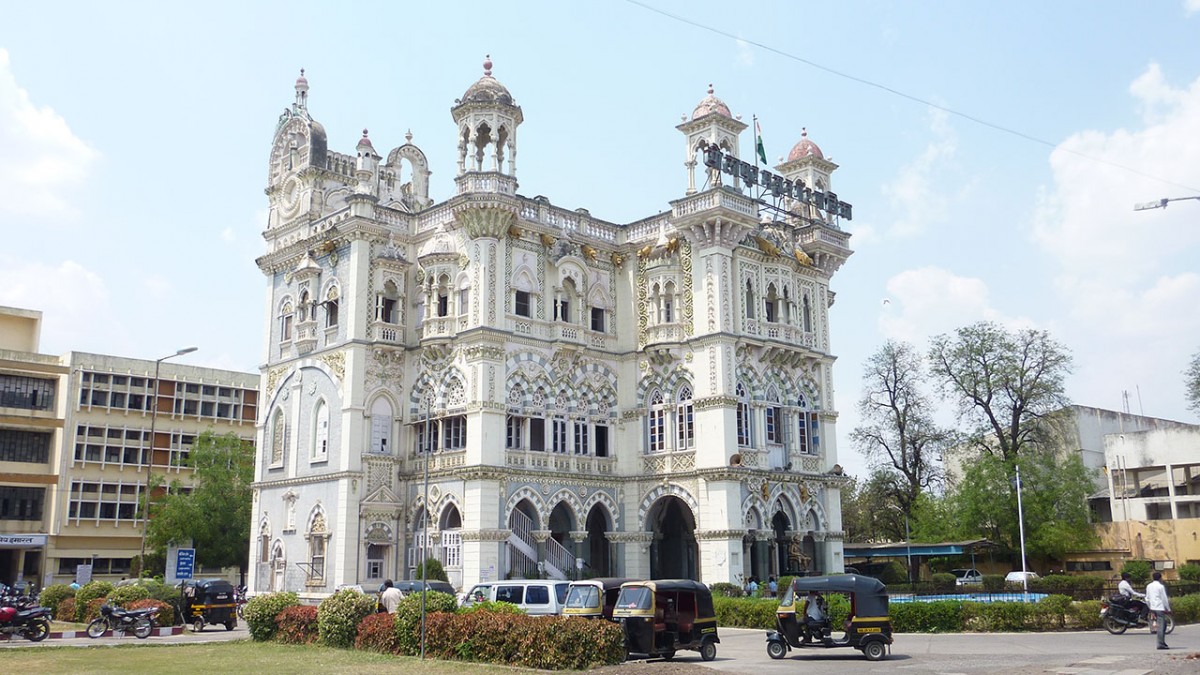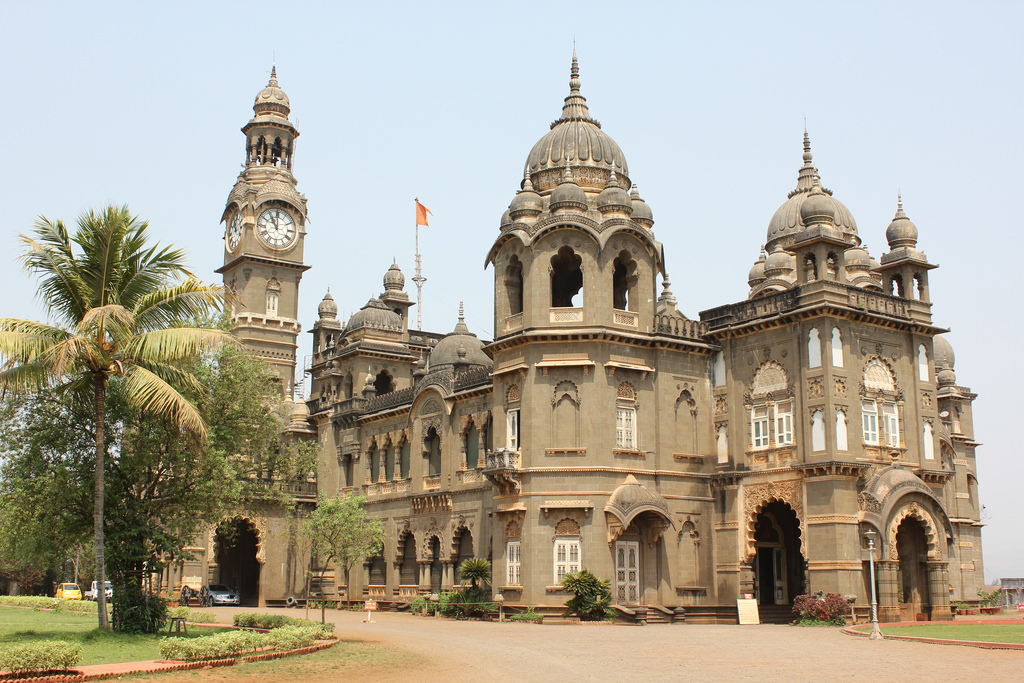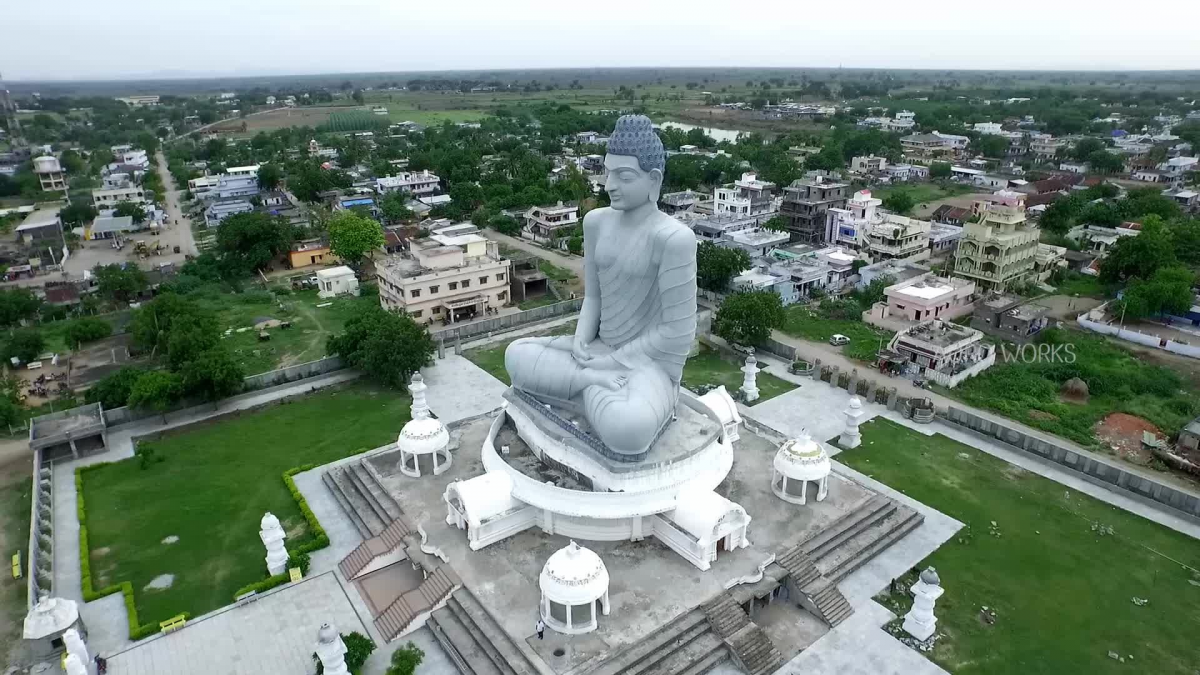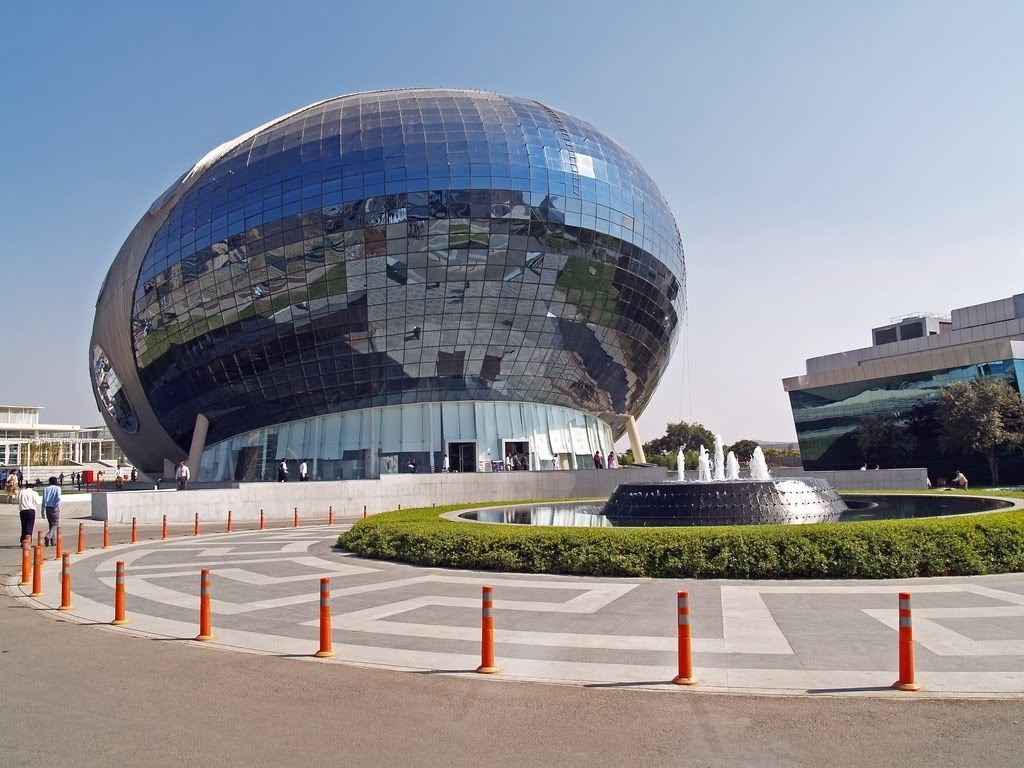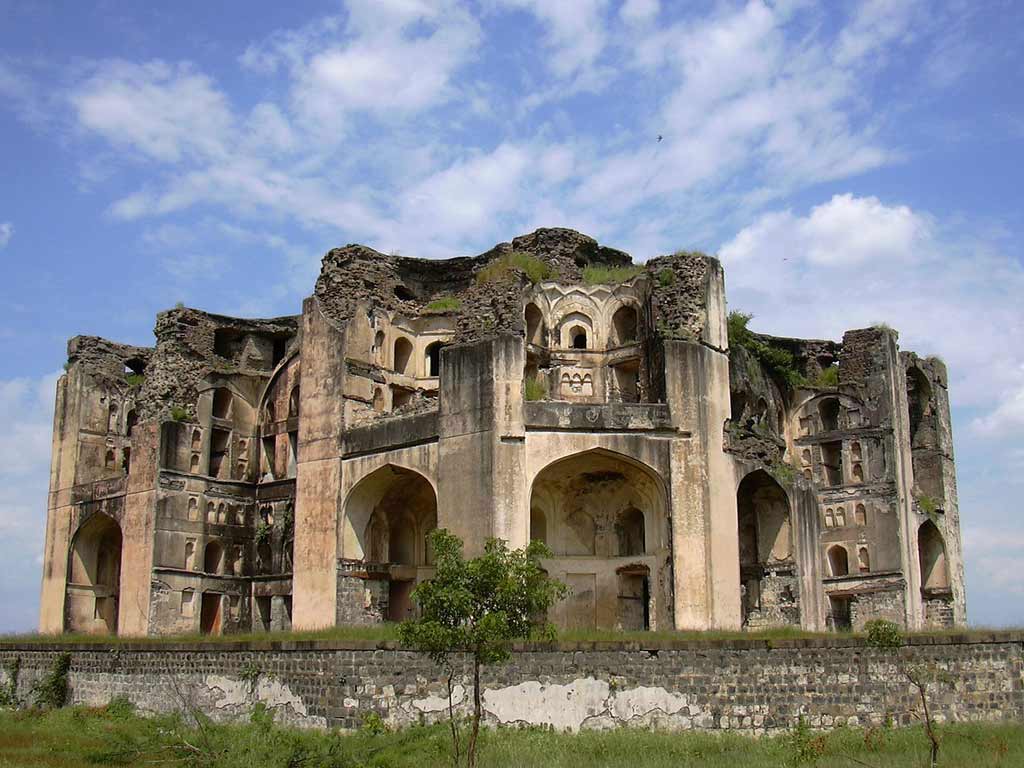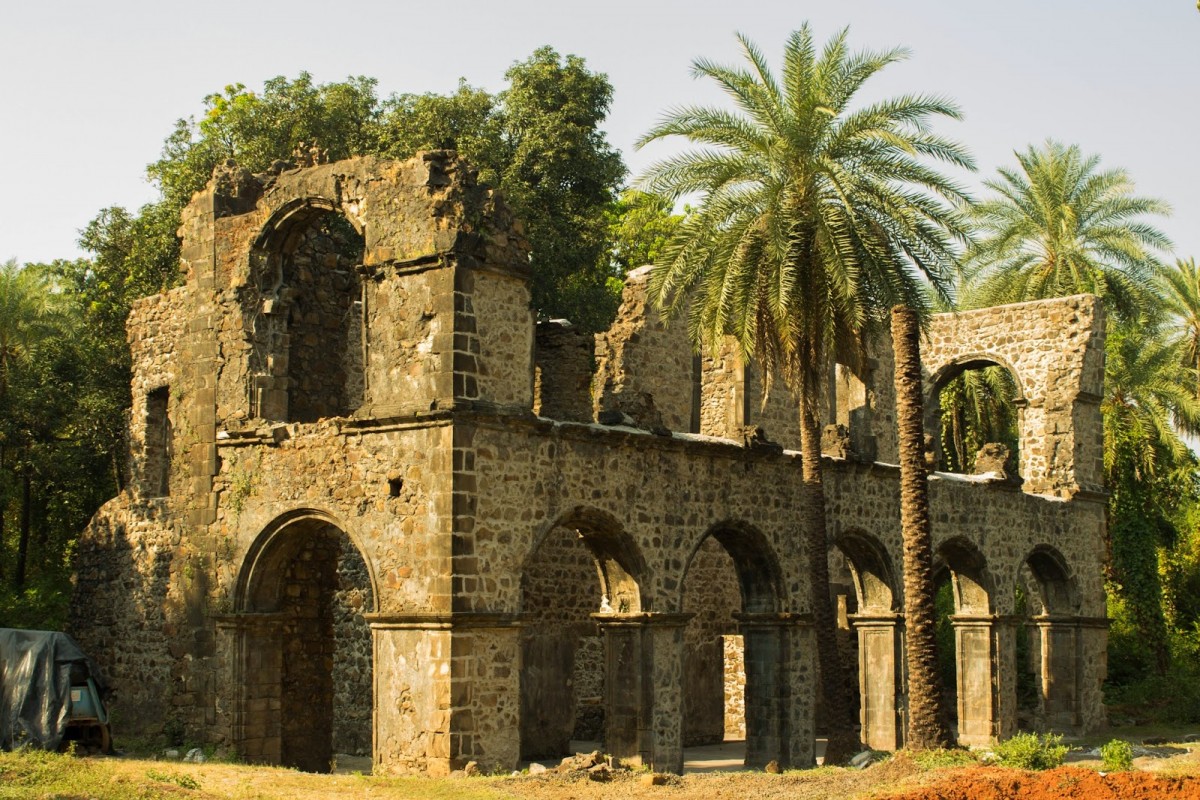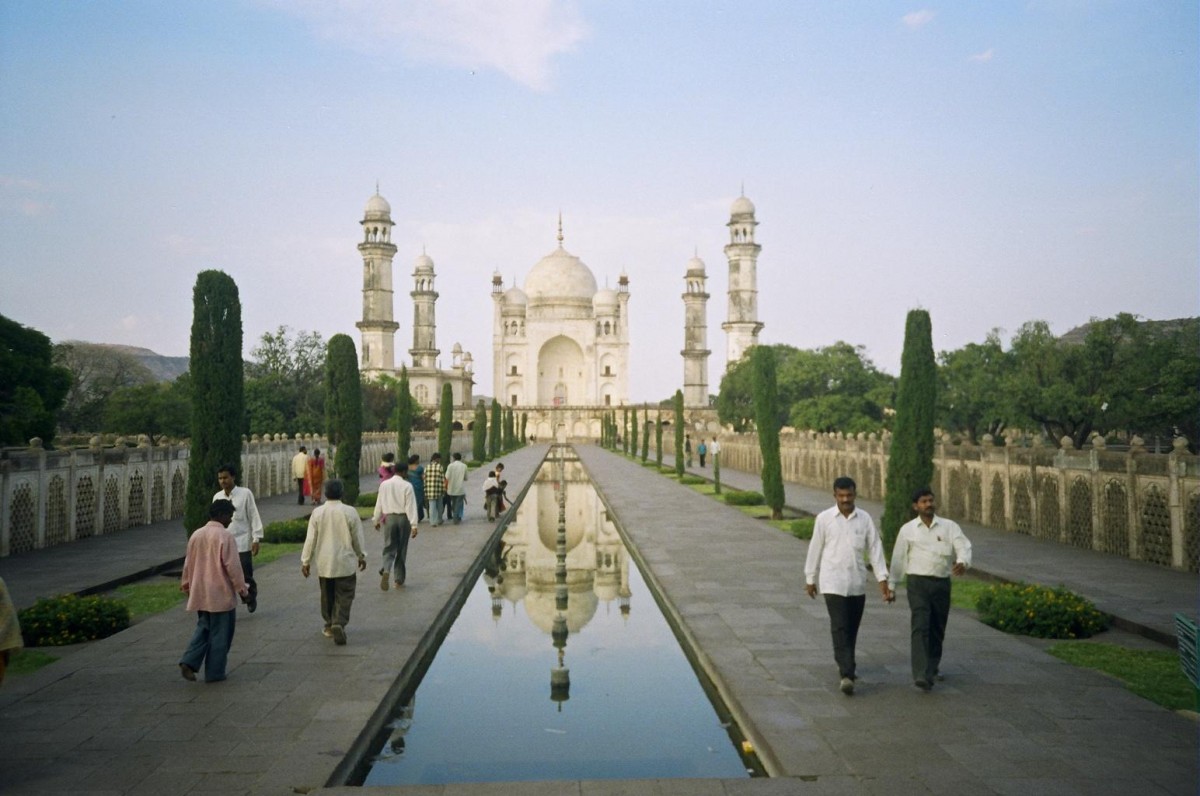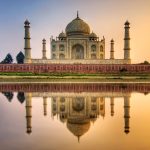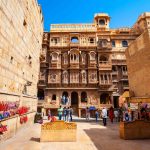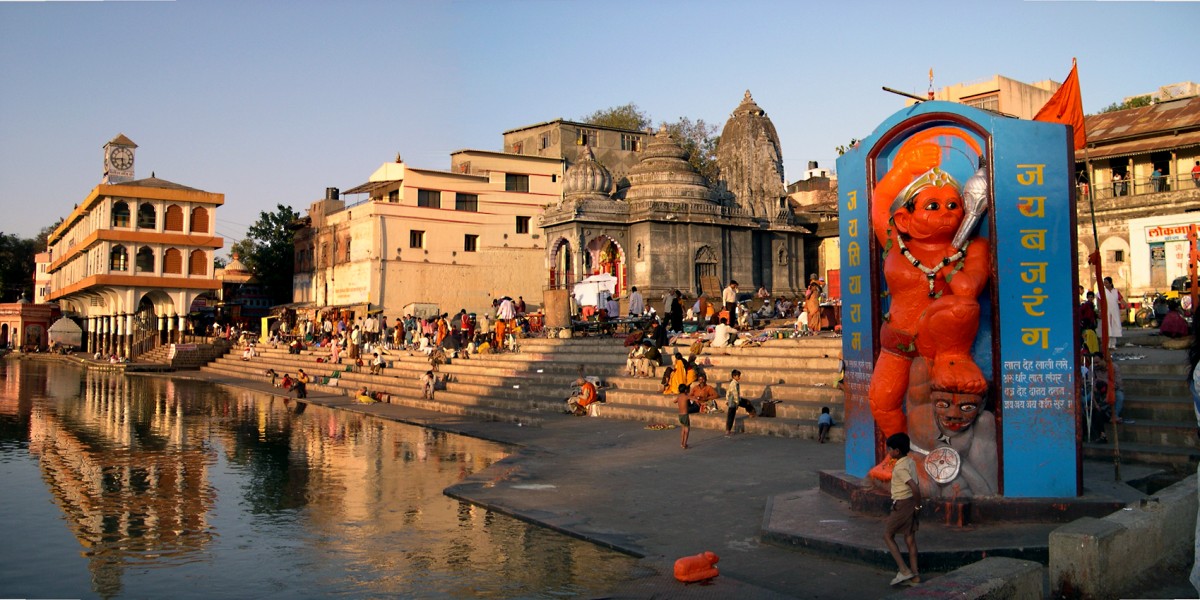
Nashik Tourism
From archaeological excavations it is found that the territory around Nashik was occupied in the early Stone Age. Tools Nashik of trap rock characteristic of that time have been found buried in the riverbed at Gangavadi, 16 Km North – West of Nashik. Agastya, the renowned sage was the first Aryan to cross the Vindhya mountains and live on the banks of the Godavari. Other sages followed Agastya and the cloister of hermitages of the bank of the Godavari was called “Janasthana”. Lord Ram accompanied by Lakshman and Sita met Agastya, and he presented Ram with bow and two quivers presumable to fight the rakshasas. He also advised him to settle down at Panchavati, so called because of the five great banyan trees, which grew there. Panchavati was then at the fringe of the Dandakaranya forest. It is from here that Ravan of Lanka abducted Sita. Later on poets like Valmiki, Kalidas, the
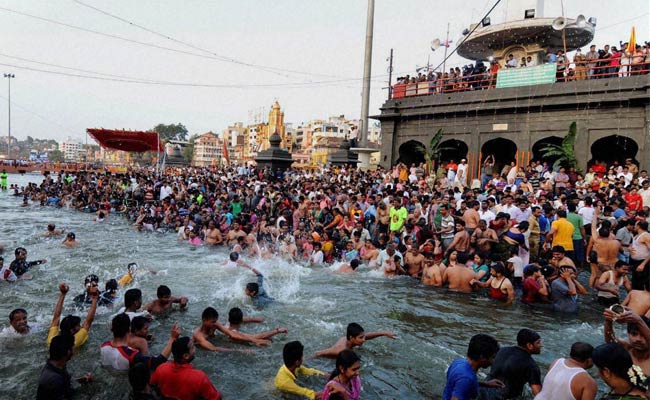
dramatist bhavbhuti discovered and found in “Padmapur” as Nashik was then known, great inspiration.
Coming closer to historical times, we find that all this territory was included in Ashok’s mighty empire. Later during the era of the Satavahana the Nashik district became very prosperous as it lay on the trade route to Broach. The city was named as “Gulshanabad” during Mughal period, in appreciation of beauty of Nashik. The old name was restored when Peshwas took over in 1751. Raghobadada and Anandibai of Peshwas had stayed at Nashik during later part of their life. By 1818, Nashik was a considerable town with two palaces, magnificent buildings and beautiful gardens and vineyards
On April 19,1818 Nashik surrendered to the British. During the freedom struggle of 1857, Nashik was the scene of considerable disturbance. The struggle ended by 1860, and Nashik once again enjoyed peace.
Nashik Municipality was formed in 1864. In 1869, Nashik was made a full fledged District with its present 13 talukas. Laying of Railway tracks and commenced around that time and Nashik Road railway station was formed. Nashik Road Nashiksubsequently grew with the establishment of Central Jail, India Security Press and the Distillery, which then existed for the English soldiers at Deolali. Nashik grew to be a flourishing commercial centre where artisans skilled in making utensils and smiths excelling in silver and gold ornaments crowded to ply their trade. Nashik was always prominent as a centre of revolutionary activities. Anant Kanhere, a great revolutionist, fired at Mr.Jackson, the then Collector of Nashik, on the night of 21st December 1909, while he was watching a play at Vijayanand Theatre. Mr Jackson died on the spot which resulted in arrests, trails and sentences.
Mahatma Gandhi’s non-cooperation movement found its share of forest satyagrahas and underground activities here in Nashik as well. Dr. Ambedkar has organized his temple entry movement for the abolition of untouchability and mass satyagraha was organized in 1932. In 1950, Session of India National Congress was held at Nashik at a place now called Nehrunagar (between Nashik and Nashik Road).
How to Reach
Nearest International Airport: Mumbai, about 200 kms from Nashik city
Nearest Domestic Airport: Mumbai, about 200 kms from Nashik city.
Nearest Railway Station: Nashik Road, about 9 kms from Nashik city
Nearest Bus Station: City Bus Stand (C.B.S) in Nashik city.
Shopping
Find Places where you can shop in Nashik. Shopping malls, useful marketplaces in Nashik for various shopping needs are covered here. Do remember to help others by adding outlet malls in Nashik, shopping centers in Nashik and shopping outlets in Nashik also belong to this page.
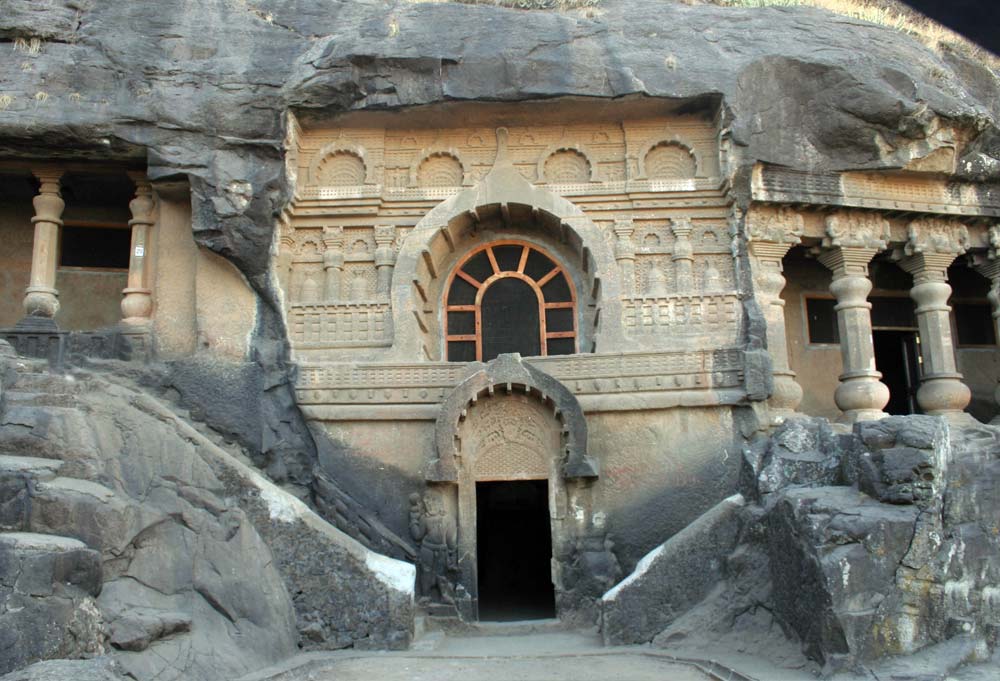
Apart from using information, you can also help others by adding information to this page.
This is how YouMagix works – Helpful people start a topic by entering any information they know. The information can be as little as name of a place. Subsequent visitors can edit the text or add details to make that topic more helpful for everyone. Constant peer review by thousands of visitors ensures that the information quality improves with time. Go ahead, don’t wait to flaunt your magix
Fair and Festivals
Nashik is a district head quarters located on the banks of Godavari and is 185 km away from Mumbai. The climate isNashik moderate, and is located at 635 m above mean sea level. The city has developed on both the banks of Godavari which divides the city into almost equal halves. The History of the city dates back to Ramayana. There are many references of the city in many epics as well as vedas. Today the city has developed into a metropolis with a population of 14 lakh souls. The city since old days have developed on the banks with basically the design of a religious place How-ever today it has been a flourishing Industrial Centre as well as an educational centre.
The banks or Ghats on the Godavari at Nashik are considered to be sacred. It is believed that all the Sins are washed out by taking Holy dip in the Kundas (Ponds) constructed in the river. Also by performing the last rites, Moksha is attained by the deseased soul. The river in the Ramkunda (Pond) flow from North to South, hence the river becomes Dakshin Wahini i.e. flowing towards South. This gives the Ramkunda a unique place or religious importance. Almost daily 3 to 5 thousand pilgrims come and take Holy dip on the ghats. Also during some imporant days as per Hindus Calender, the number reaches to about 15 to 20 thousand pilgrims on a day. These ocassions are almost 2 to 3 in a month.
Kumbhamella is a glorious gathering of Sadhus as well as Pilgrims at a place on some specific days. The gathering is of 10 to 15 lakh people on a day at Nashik. As per the legend, the Amrut was spilled in the Ramkunda and thus on a specific day, by taking bath on the Ghats, on attain ‘Moksha’. This period is called Sinhastha at Nashik and Kumbhamella at other places. It is held after every 12 years. The other places where Kumbhamella is held are Ujjain, Allahabad & Haridwar. The ‘Holy place’ status thus attained is directly linked with the ‘Holy dip’ in the river at the ‘Holy Ghats’. The river Godavari which passes through the city, is having length of 18 kms, in the Municipal Corporation area. There are few villages on the banks. Also the old part of the city is located on both banks. As per the religious beliefs, the stretch of the river from Ahilyabai Holkar Bridge to the Ram setu bridge is considered to be most sacred.
Makar Sankranti: This festival is celebrated by giving tilguls and specially made sweet ladoos to each other and even Nashikif possible by flying kites. Makar Sankranti generally falls in the month of January. In typical Marathi the saying goes tilgul gya ani gaud bola (take this tilgul and be sweet and kind to each other).
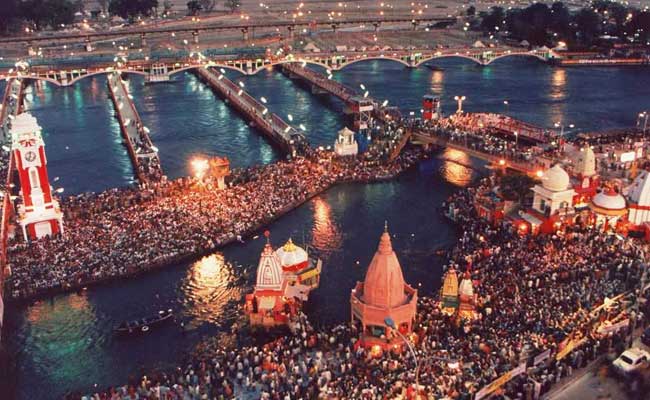
Diwali Festival: Diwali is also celebrated with colourful and dazzling light all over the city like any other city in India. This Hindu festival is celebrated on the moonless night of November every year. Laxmi Poojan is held on this night. Goddess of wealth, Laxmi is believed to visit all the Hindu houses on this day. Colorful firecrackers are lighted and burnt. Diwali also marks the New Year.
Rath Yatra: A festival called Janmotsava is celebrated at Sansthan Shri Kalaram Mandir, Panchavati, Nashik every year. The festival, which spans 15 days begin from the first day of Chaitra till Chaitra Purnima. The Janmotsava, which is witnessed by thousands of pilgrims, takes place exactly at 12 Noon.
The main attraction of the festival is the rathyatra that takes place on the second day, in which Shri Ram rath and Garuda rath moves through the Nashik city. The Rathyatra starts at about 4.30 p.m. The Rathyatra is made up of 5 links, 1st is the bullock cart of Sanai / Choughada, followed by the Palkhi of Shri Ramachandra, Pujadhikari, Garudarath (the rath of Lord Hanuman) and finally the Ramrath (the rath of Lord Rama).
The pujadhikari walks with the rath all the way it is moving by facing towards the rath with folded hands. He maintains fasting, which starts from day one of the Chaitra to the Rathyatra. Both the raths are pulled by the rath sevakas with using heavy rope.
Kumbh Mela: Kumbh Mela is the most important Hindu spiritual gathering in India that comes once every three years, rotating between four major Hindu pilgrim centers of India – Allahabad, Haridwar, Ujjain and Nasik. The Maha (Grand) Kumbh is held every 12th year in each of the following four locations. 2007 Maha Kumbh Mela is scheduled to be held at Nashik in Maharastra.Nashik
In Maharashtra, the festival is held in Trimbakeshwar, Nashik. The Nashik Kumbh Mela is generally considered to be the most sacred of all the festivals. Kumb Mela in Nashik, like other fairs is also a mammoth affair attending by nearly three and a half million pilgrims. Thousands of sadhus and holy men and millions of pilgrims take dip in the holy Ramkund and Kushavarta reservoirs.
August 14th and 25th and September 8th and 20th are regarded to be the peak of the festival days. Residential arrangement for Sadhus is made in Tapobhumi called Tapovan on left bank of Godavari River.

